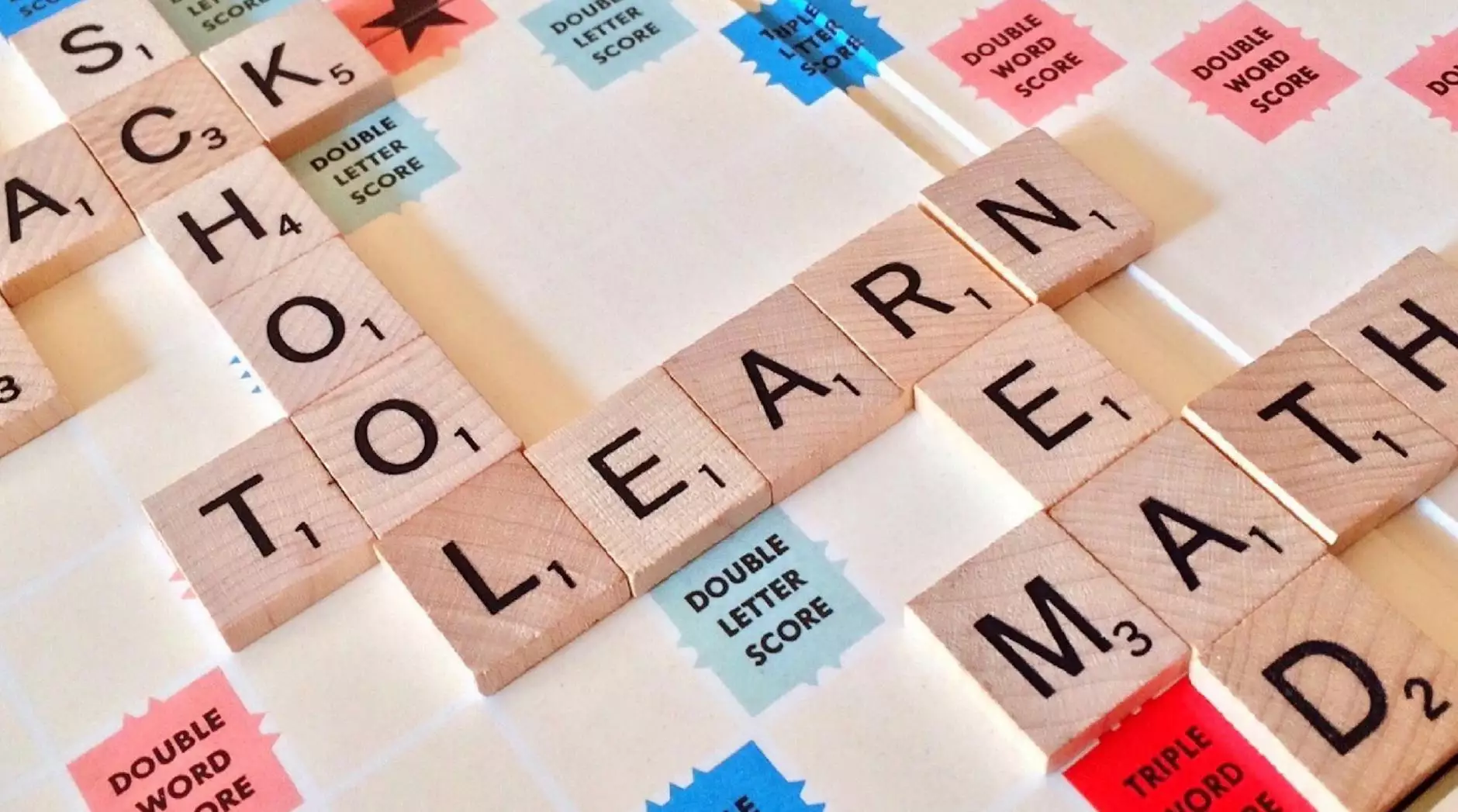The Science Behind Popcorn!

Introduction
Welcome to The Knowledge Nest's exploration of the science behind popcorn! In this article, we will delve into the fascinating world of this beloved and delicious snack. From its rich history to the intricate process of popping, we will take you on a journey through time and science.
The Origins and History
Popcorn has been enjoyed for thousands of years, dating back to ancient civilizations. Native Americans were among the first to cultivate corn, and evidence suggests that they discovered the magical phenomenon of popcorn long ago. Over time, popcorn gained popularity across different cultures and continents, with various methods of preparation and consumption.
The Science of Popping
Have you ever wondered how popcorn kernels transform into fluffy, edible delights? The science behind the popping process is truly captivating. It all starts with the properties of the kernel itself. Each popcorn kernel contains a small amount of water stored inside a circle of soft starch. When heat is applied, the water turns into steam, building immense pressure within the kernel. Eventually, the pressure becomes too much for the kernel, and it bursts open, exposing its fluffy interior. The sudden release of steam propels the popcorn into a familiar shape we all love.
The Popping Mechanism
Understandably, the popping mechanism can be a bit more complex than it seems at first. The delicate balance of moisture, heat, and starch properties plays a crucial role in achieving the perfect pop. The moisture content within the kernel is essential; too little and the kernel won't pop, too much and it might become chewy and less enjoyable. Additionally, the heat source needs to be hot enough to generate the necessary steam pressure but not too high to burn the kernel. Finally, the starch properties determine the fluffiness and texture of the popped popcorn. It's a delicate dance between science and art that gives us this tasty treat.
The Health Benefits of Popcorn
Did you know that popcorn can be a healthy snack choice? When prepared without excessive butter or salt, popcorn is a whole grain that is low in calories and high in fiber. Its high-fiber content aids digestion and can contribute to a feeling of fullness. Additionally, popcorn contains polyphenols, which are antioxidants that have been linked to various health benefits, such as reducing inflammation and fighting free radicals. Of course, moderation is key, but enjoying popcorn in a balanced way can be a delicious and nutritious option.
Popcorn in Popular Culture
Throughout history, popcorn has not only been a popular snack but has also made its mark in popular culture. From movie theaters to carnival stands, the aroma of freshly popped popcorn evokes feelings of joy and nostalgia. Countless movies, TV shows, and books have immortalized this beloved treat, further solidifying its place in our hearts and minds.
Join The Knowledge Nest Community
At The Knowledge Nest, we believe in sharing knowledge and fostering a sense of community. Our platform is dedicated to providing valuable information on various topics, including the fascinating science behind popcorn. Join us today to connect with like-minded individuals, access more intriguing articles, and participate in engaging discussions.
Conclusion
Popcorn is not just a simple snack; it is a product of scientific wonders and centuries of cultural appreciation. Understanding the science behind popcorn enhances our enjoyment and appreciation of this timeless treat. We hope this dive into the world of popcorn has piqued your interest and left you hungry for more knowledge. Join The Knowledge Nest's community and become part of our ever-growing circle of curious minds!









